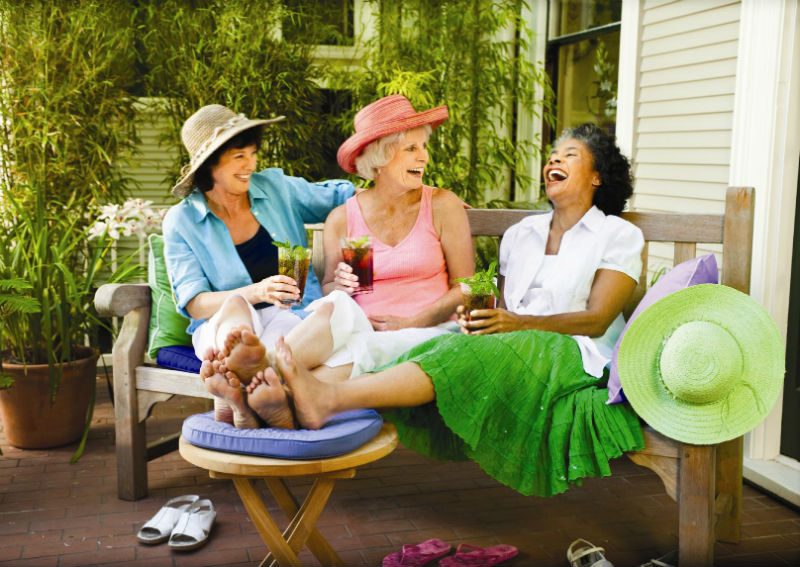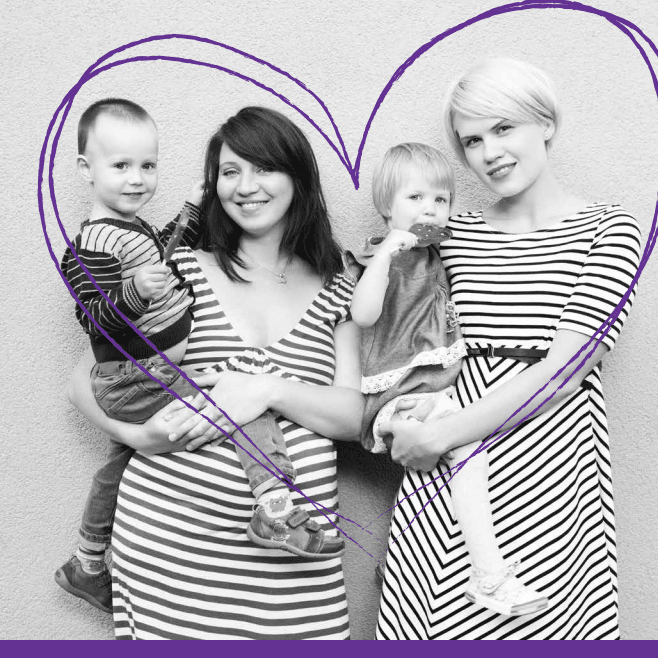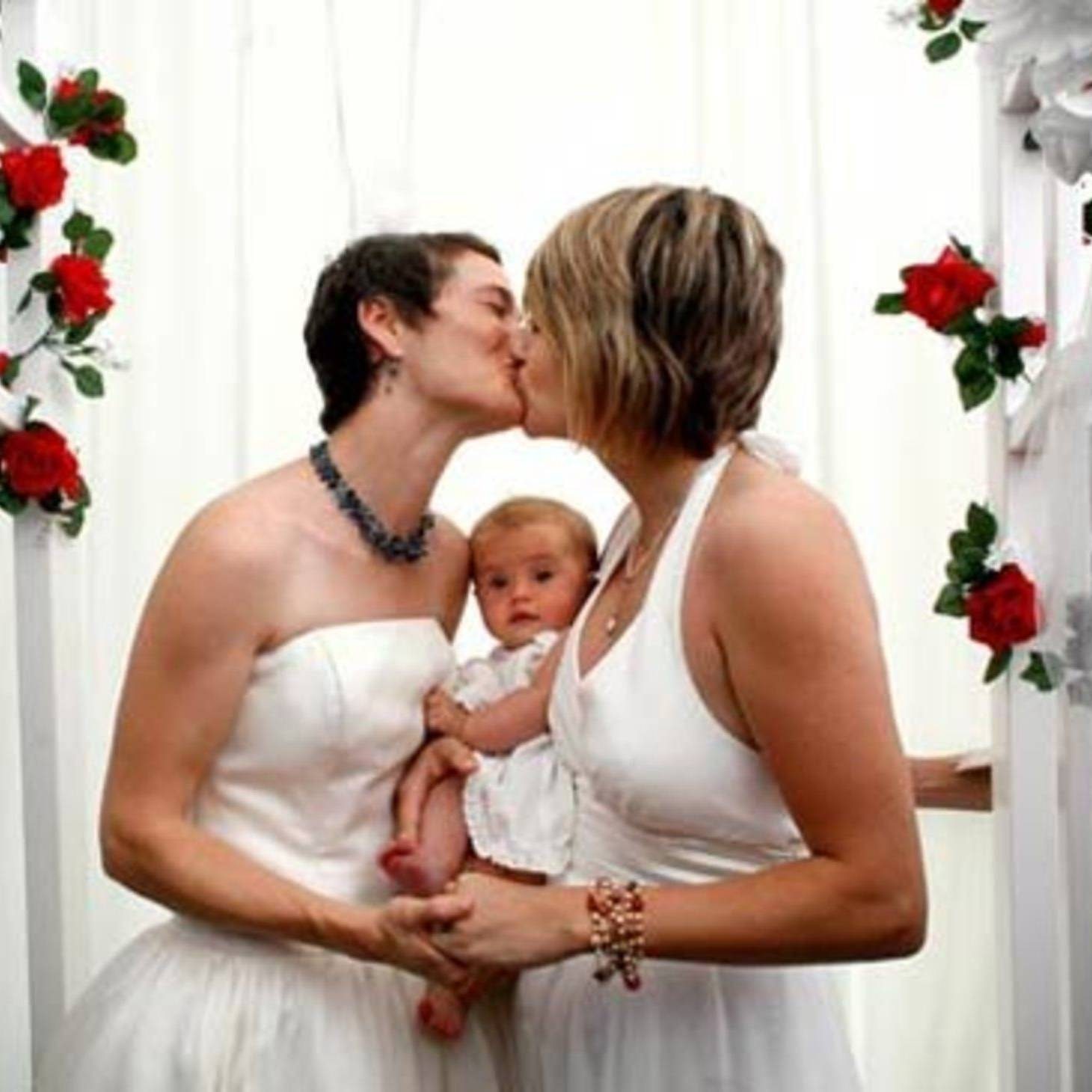 An older lesbian reflects on not having children and realizes she is surrounded by family.
An older lesbian reflects on not having children and realizes she is surrounded by family.
I wasn’t one of those teenage girls who sat around with my friends thinking up names we would eventually give to our children. Not only was I, not all that interested in little kids when I was still practically one myself, I was also pretty sure that I was gay. This was the early 1960s, and I didn’t see marriage and children in my future. Frankly, I didn’t see much of anything when I gazed into my own personal crystal ball because in those days there were no models, no good examples, no lives I wanted to replicate.
By the time I was in my 30s and fully out, my straight friends were having kids and it was the first time I felt a little pang, a sense that it might be fun to have one of my own. My biological family had been a bit of a mess, though, and I didn’t feel particularly prepared for what I figured was a long road with few rest stops. I was also single at the time, and I imagined passing on my loneliness and neediness to a child in the way my own mom had inadvertently done with me. Eventually, the biological clock feeling passed anyway, and I moved forward in my life, a relationship here and there, an occasional sense that I might have found my lifetime partner.
And then in a few years, as my birth family began dwindling, my parents and later my siblings passing away, I realized I was building an alternative family of my own. It didn’t look like any traditional portrait, and originally just seemed like the collection of people we hold on to at different points in our lives. But then, the comings and goings stopped, like a slow-motion game of musical chairs, and I realized that the scaffolding of my life was surrounded and protected by these same people. And now, at 65, I realize that this is my family.
It’s interesting because within this group are a few kids at various stages of maturity and development. My best friend adopted two daughters from India when they were each six months old and they are now 16 and 18. My partner’s kids, who were 11 and 14 when we met, are now well into their 20s. The now 30-something daughters of one of my closest friends were tiny girls when I saw them the first time. For all of these young adults, a group of women, men, kids, and dogs, not all biologically related, some gay and some not, is a big part of what a family is. My own parents had friends, but other than my mom’s sister, no one outside of us as part of our regular lives. No group in my childhood looked like the family I have today.
In fact, although I loved my biological family, and I was lucky that they were fairly supportive of me when I came out, it has really been this homemade family that has given me the foundation to live as honestly and openly and creatively as I do. I can’t imagine what young gay men and lesbians must feel today when “have kids” can appear on their life goals list as easily as “buy a house.” As a gay woman growing up in the 1950s and ’60s, I didn’t see family in my future, at least none that looked like those I saw on television. Even when I considered having a child of my own, I realize now that what I actually longed for was a collection of loving people who care about me and each other, and about kids and dogs and politics and laughing.


